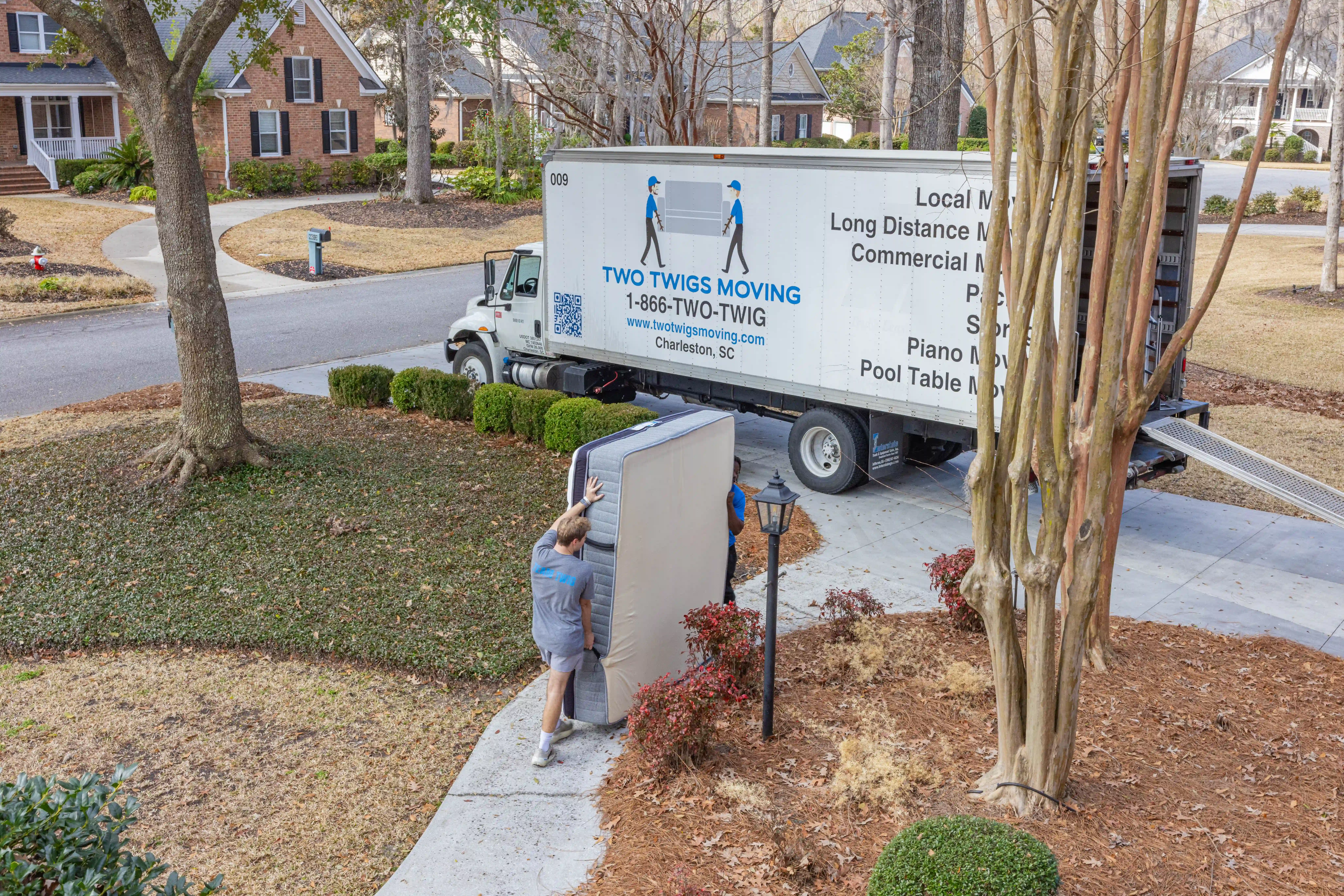Relocating can be a challenging experience for anyone, but it can be particularly daunting for seniors. As they transition to a new home, whether it’s for downsizing, moving to a retirement community, or relocating to be closer to family, it’s crucial to ensure the process is as smooth and stress-free as possible. Here are some practical tips to help make the moving process easier for seniors and their families.
1. Plan and Prepare Early
Start Early: Begin the planning process well in advance to avoid last-minute stress. A well-thought-out plan will allow you to tackle tasks systematically and ensure nothing is overlooked.
Create a Moving Checklist: Develop a checklist that outlines each step of the moving process, from sorting and packing to coordinating with movers. This will help keep you organized and ensure you don’t miss any important details.
2. Involve the Senior in the Process
Communicate Clearly: Keep the senior informed about the moving process and involve them in decisions about what to keep, discard, or donate. This can help them feel more in control and less overwhelmed by the move.
Address Concerns: Listen to any concerns or preferences they may have regarding their new home or the moving process. Addressing these concerns can help alleviate anxiety and make the transition smoother.
3. Downsize Thoughtfully
Sort and Declutter: Encourage the senior to sort through their belongings and decide what to take to the new home. This is a good opportunity to declutter and simplify, making the move more manageable.
Prioritize Essentials: Focus on keeping essential items that will make the new home feel comfortable and familiar. Items that are no longer needed can be donated, sold, or given to family members.
4. Hire Professional Movers
Choose Experienced Movers: Opt for a moving company experienced in handling relocations for seniors. They will be familiar with the specific needs and sensitivities involved in such moves.
Discuss Special Needs: Communicate any special requirements, such as handling fragile items, packing specific belongings, or accommodating mobility issues. Ensure the movers are aware of these needs in advance.
5. Prepare the New Home
Make It Senior-Friendly: Before moving in, ensure that the new home is senior-friendly. This may include installing grab bars, removing trip hazards, and arranging furniture for easy navigation.
Set Up Essentials First: Set up essential items and create a comfortable space for the senior as soon as possible. This includes arranging the bedroom, bathroom, and kitchen so they can settle in quickly.
6. Provide Emotional Support
Offer Reassurance: Moving can be emotionally challenging, especially for seniors who may be leaving a home full of memories. Provide reassurance and emotional support throughout the process.
Create Familiarity: Bring familiar items such as photos, cherished belongings, and keepsakes to help the senior feel more at home in their new environment.
7. Handle Medical and Legal Considerations
Update Medical Information: Ensure that all medical records, prescriptions, and contact information for healthcare providers are updated and transferred to the new location.
Review Legal Documents: Check that important legal documents, such as wills, power of attorney, and insurance policies, are updated with the new address and contact information.
8. Organize a Smooth Transition
Coordinate with Utilities: Arrange for the transfer or setup of utilities, such as electricity, water, and internet, well in advance to ensure they are up and running when the senior arrives.
Plan for Moving Day: On the moving day, have a plan in place to ensure the senior’s needs are met. This may include having a designated area for them to rest, providing refreshments, and making sure they are comfortable throughout the day.
9. Seek Assistance When Needed
Consider Professional Help: If the move is particularly complex or overwhelming, consider hiring a senior move manager or relocation specialist. These professionals can assist with organizing, packing, and settling in.
Enlist Family and Friends: Involve family members and friends in the moving process to provide additional support and assistance. Their presence can offer comfort and help with various tasks.
10. Follow Up After the Move
Check In Regularly: After the move, check in regularly to ensure the senior is adjusting well to their new home. Offer additional support if needed and address any concerns that may arise.
Help with Unpacking: Assist with unpacking and organizing belongings in the new home. This will help the senior settle in more quickly and feel more comfortable in their new surroundings.
Conclusion
Relocating with seniors requires careful planning, sensitivity, and support to ensure a smooth transition. By starting early, involving the senior in the process, hiring professional movers, and providing emotional and practical support, you can help make the move as stress-free and comfortable as possible. With these tips, you’ll be well-equipped to handle the challenges of moving and create a positive experience for the senior in their new home.


.svg)


